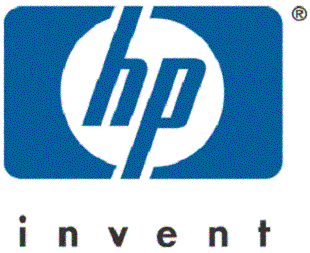What is Virtualization?
A simple general definition of Virtualization allows one to get a global understanding of the term as it applies to business information technology.
Virtualization disassociates physical devices and components from the desired results and data.
From the definition discussions about how this applies to servers, storage, networks and applications.
For example, server virtualization has become a key requirement in the enterprise due to an urgent need to reduced the Total Cost of Ownership (TCO) of data center components. Each server in the data center today, costs about $10-$15,000 per year to run, including provisioning, maintenance, and management. Moreover, most servers have utilization rated between 5 and 15 percent.
In addition, these businesses and organizations are looking for cost-effective ways to add newer and more robust applications to fuel and grow their organization. They want access to the appropriate technology, but often don't have the time, money, or need for multiple servers running more than one operating environment. Server virtualization – typically something reserved for large companies – is changing the way small and mid-sized business' manage IT resources and deliver technology to their employees, partners, and customers.
Today, businesses both large and small are initiating projects not only to reduce costs, but to make specific improvements to their infrastructure including server consolidation, disaster recovery, test and development, and client consolidation. Before virtualization technology, if a business wanted to run application requiring different operating environments, they probably needed to invest in multiple servers for a single office. Today, one medium powered server performs the role of all four.
Actual Results for a city employing Virtualization
- Provides city workers with wired and wireless mobile access to Exchange mailboxes via Internet, city intranet, WAP-capable cellular telephones, and HP iPAQ Pocket PCs
- Reduced storage backup time from five hours to five minutes
- Consolidated 1,000 desktop PCs to thin-client devices supported by 20 Proliant servers
- Provides high availability and better control and support of critical applications
- Achieves significant cost savings of 60 percent for desktops
- Knowledge transfer to City technical and end-user staff
Other Success Story Benefits
Server Virtualization
- Cut management overheads by 50 percent over a four-year period
- Achieved a five-fold improvement in performance with HP server blades
- Implemented flexible solution at low cost that supports rapidly growing holiday
Network Virtualization
- Deployed totally resilient network with no single point of failure
- Increased business efficiency
- Improved worker productivity
Storage Virtualization
- Improved business continuity capabilities
- Reduced costs by eliminating cabinet hardware and wiring
- Resolved connectivity and compatibility issues that plagued previous storage systems
In computing, virtualization is the process of presenting a logical grouping or subset of computing resources so that they can be accessed in ways that give benefits over the original configuration. This new virtual view of the resources is not restricted by the implementation, geographic location or the physical configuration of underlying resources. Commonly virtualized resources include computing power and data storage.
A new trend in virtualization is the concept of a virtualization engine which gives an overall holistic view of the entire network infrastructure by using the aggregation technique. Another popular kind of virtualization, and currently very referred to in the media, is the hardware virtualization for running more than one operating system at the same time, via nanokernels or Hardware Abstraction Layers, such as Xen




